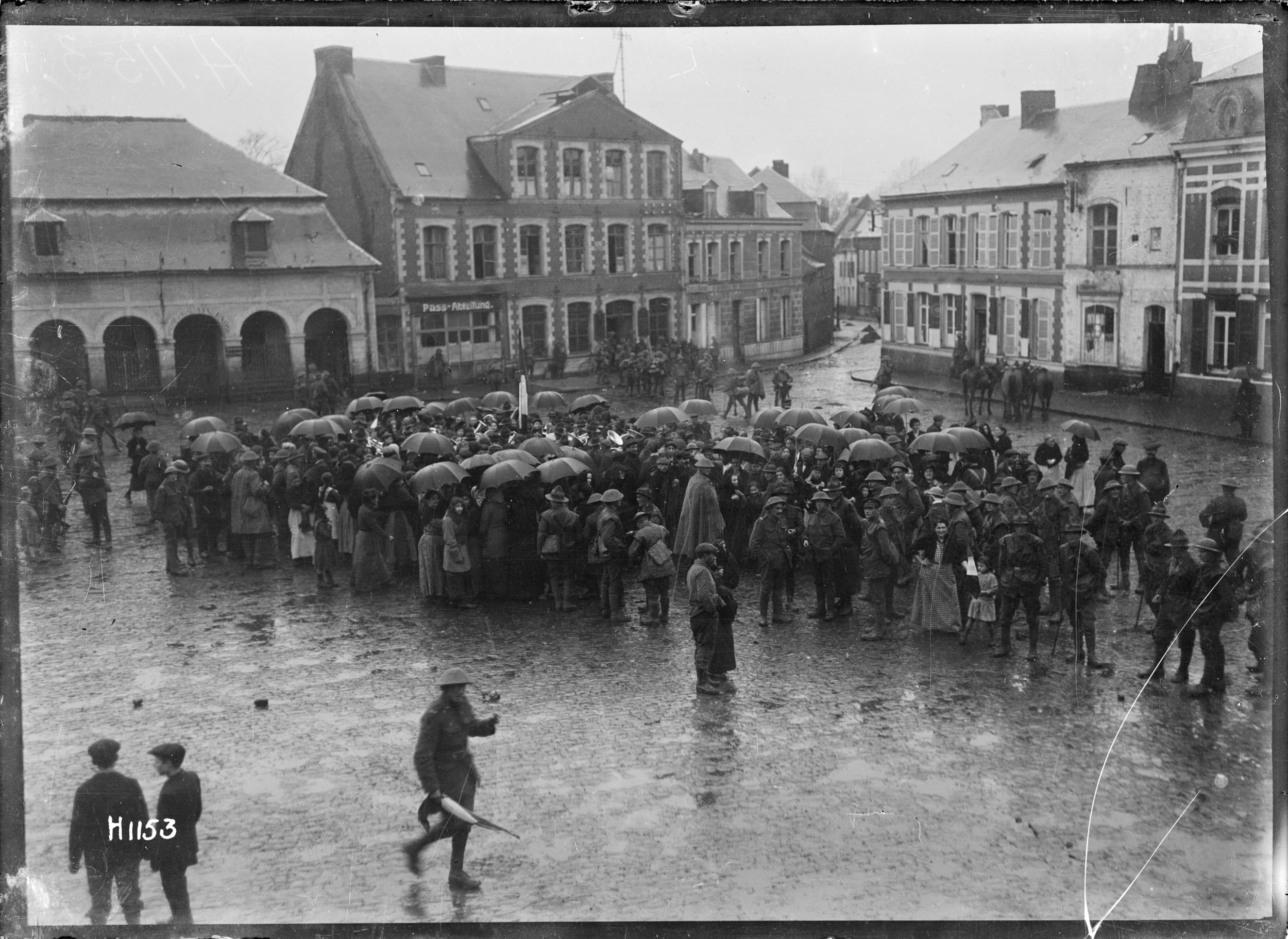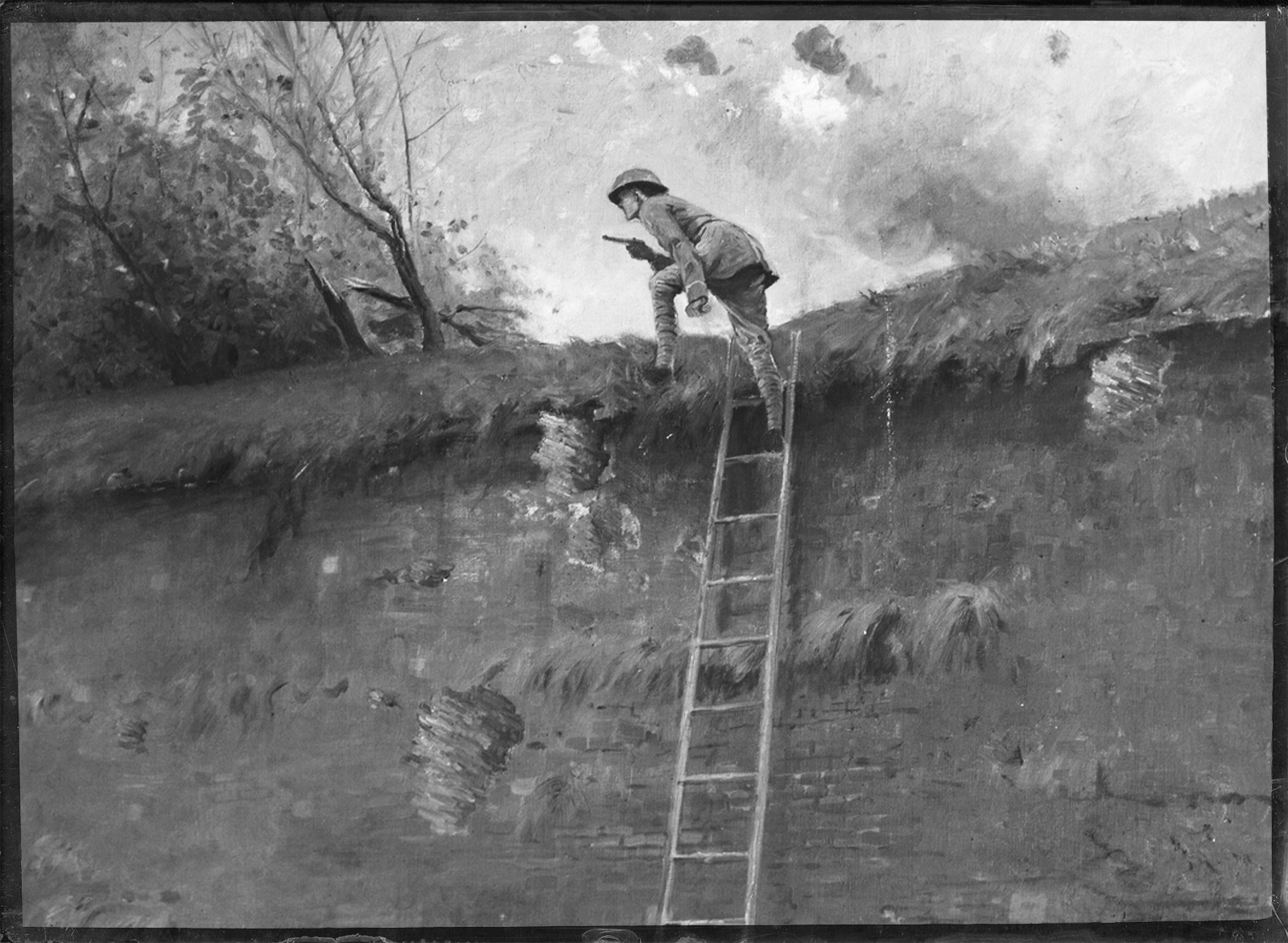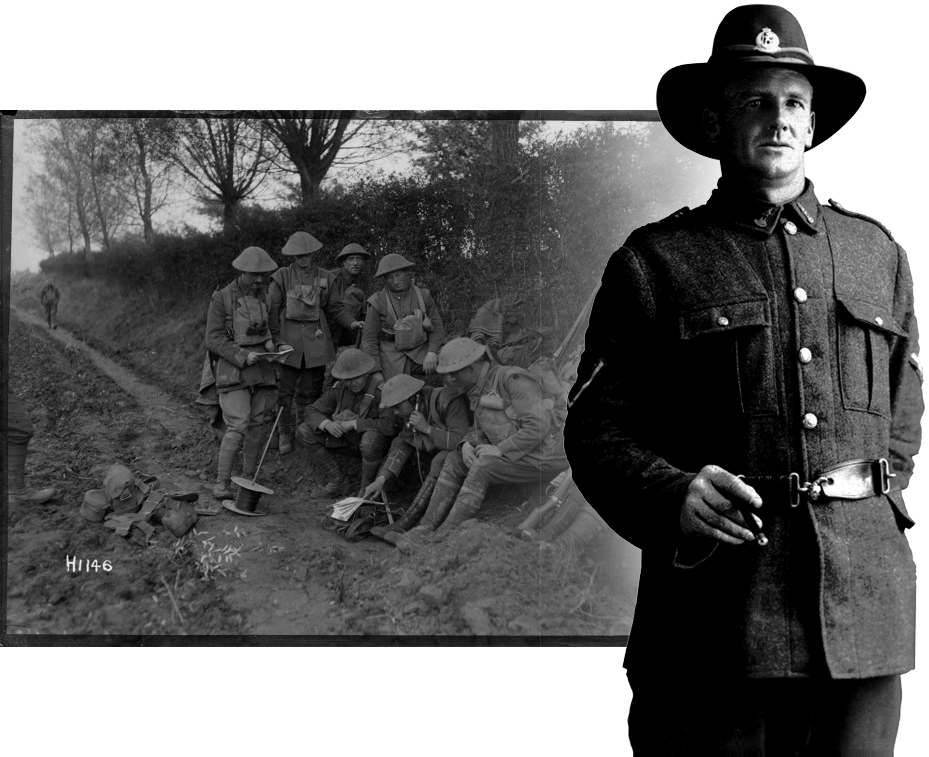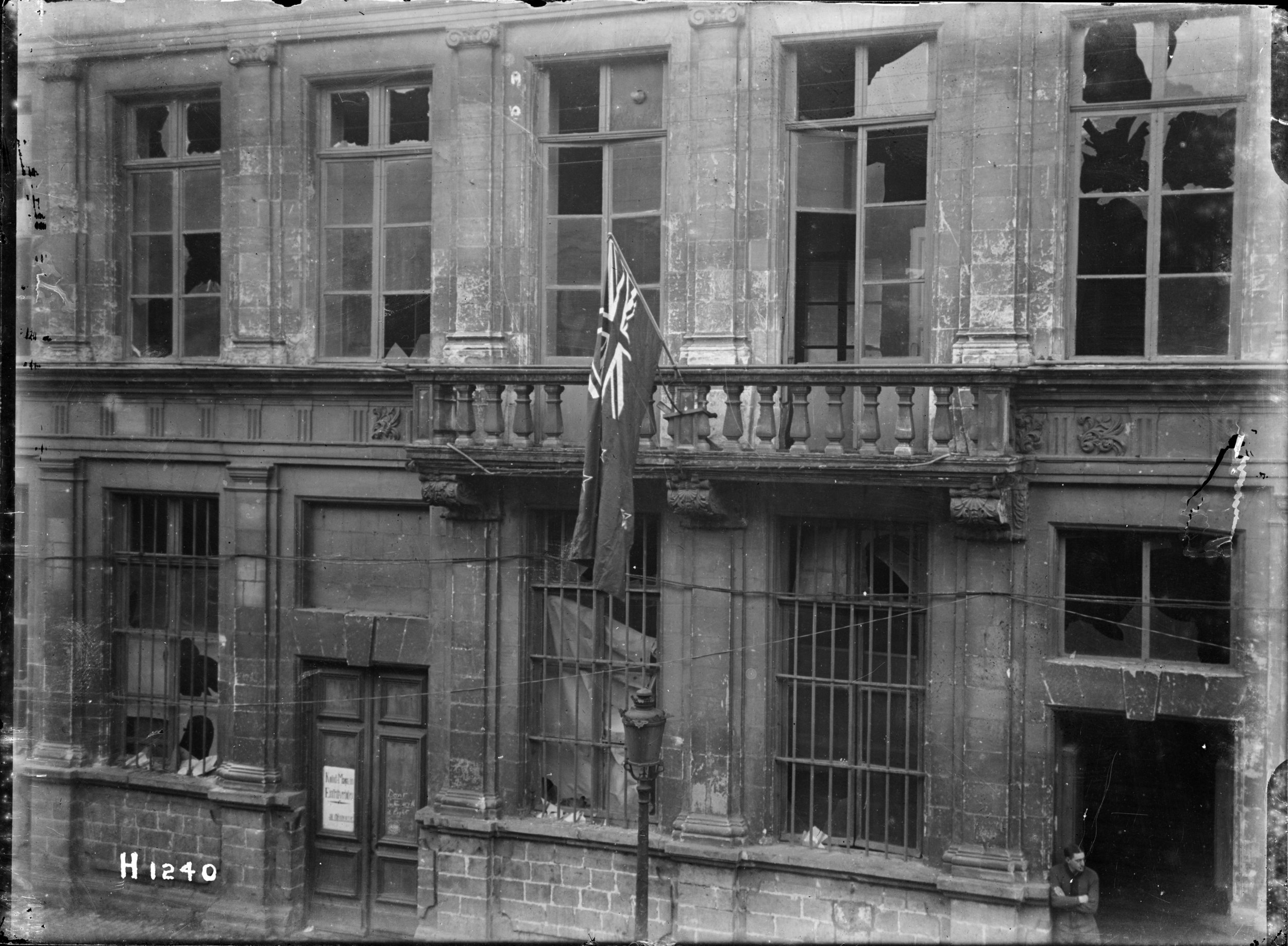The Story
They Hit a Wall
In the last months of WWI, the New Zealand Expeditionary Forces spent 77 gruelling days in France. Leading the way for 49 of the 56 hard fought miles. Until they hit a wall. More specifically, the walls of Le Quesnoy. The walls of a town under German occupation. To ensure the least amount of damage to the town and potential loss of residents’ lives, our soldiers fired 300 flaming oil drums onto the ramparts of the western walls to create smoke and obscure the Germans’ response. At around midday the soldiers used their Kiwi ingenuity and placed four long ladders against the ramparts to scale the walls. The Germans responded vigorously and by 4pm, only one of the ladders remained. This one remaining ladder was set up on a narrow ledge so that it could reach the top. Under the cover of intense rifle fire, Second Lieutenant Averill, followed by Second Lieutenant Kerr and his platoon, climbed the ladder and were quickly over the top and into the town. After some hand to hand fighting, some 2,000 German soldiers surrendered and the 3,000 French occupants in the town were liberated without the loss of a single civilian life.
A New Zealand regimental band plays to a crowd in Le Quesnoy, the day after the town’s liberation. Photographer: Henry Armytage Sanders. Royal New Zealand Returned and Services’ Association Collection, Alexander Turnbull Library, Wellington, New Zealand.
The Letter
Reg Hird, a courageous soldier, who scaled the ladder, recalls the brutal and complex attack in one of his many letters written to his sweetheart Nellie Dean from Collingwood:
At 5.30am every man was at his post and the barrage opened and it was a barrage! Just one mighty crash, I never heard anything like it before. The ground shock and trembled and the bursting shells lit the ground up. It was like Hell let loose. Volunteers were called for men to place long ladders against the wall for the storming party to get over. Well I volunteered for one and had a good mate. The smoke screen was intensified and we slipped down into the moat and got almost to the foot of the wall when he spotted us and opened out on us from the top of the wall with machine guns and rifles and not more than 40 feet from our heads. How on earth he did not kill the pair of us I don’t know. He tore the ground up at our feet but we placed the ladder and took off for our lives…
It was lucky for us that he had to shoot down at us and not straight at us, else napoo! We got behind an angle in the wall and dashed back into the thick screen and got back safely and after a severe fight we had won the inner rampart and were faced by another moat and the walls of the citadel. It was just about 12 o’clock now and we had a bit of a spell for a while but by 4 o’clock we had got a footing on the walls of the citadel and after a sharp fight had captured the whole garrison of 2000 men one of the greatest feats yet done by the New Zealand troops. We marched up to the city square and it was a splendid reception that we got from the civilian population. There were over 1000 of them and they swarmed out of the tunnels and cellars where they had been hiding while the fighting was on. They cheered and feted and even kissed us. Little boys and girls hung onto our hands and it was impossible to march along. Young and old put their arms around our necks and it got quite embarrassing but poor souls they had been harshly treated.
George Edmund Butler: Capture of the walls of Le Quesnoy, 1920
142 Kiwi Heroes
Research indicates that 142 New Zealand lives were taken liberating Le Quesnoy. Many of our young men, some only in their twenties, had survived the sacrifice of the Division from the Somme to Passchendaele, only to be killed just seven days before the end of
World War I. New Zealand’s overall World War I cost in human terms was enormous for a country whose population only just exceeded one million. During 32 months of service in France and Belgium, the New Zealand Division was to incur in the region of 48,000 casualties. Over 13,000 men are buried in France and Belgium, the largest death toll of our people, in one time, than at any other period in our country’s history
New Zealand soldiers sending word by telephone as they head towards, Le Quesnoy. Photographer: Henry Armytage Sanders on the 26th of October 1918. Royal New Zealand Returned and Services’ Association Collection, Alexander Turnbull Library, Wellington, New Zealand.
A Kiwi Town in France
Walk down the streets of Le Quesnoy and you can feel the Kiwi connection. Upon liberation in 1918, a strong bond was forged between the little town and our nation. You’ll notice street names, a primary school and buildings all named in honour of what happened that day. It’s a connection we are proud of and want to preserve. As the mayor Marie-Sophie lesne explains, New Zealand to this day means a lot to the people of Le Quesnoy. “We will always be very grateful to the men from your country for liberating our town. They rest here with us and our bond is very strong with New Zealand. It will never be forgotten.”
New Zealand flag presented to the town of Le Quesnoy on the town Hall which was partly destroyed by bombing. Photographer: Henry Armytage Sanders. Royal New Zealand Returned and Services’ Association Collection, Alexander Turnbull Library, Wellington, New Zealand.
Watch to Learn More



